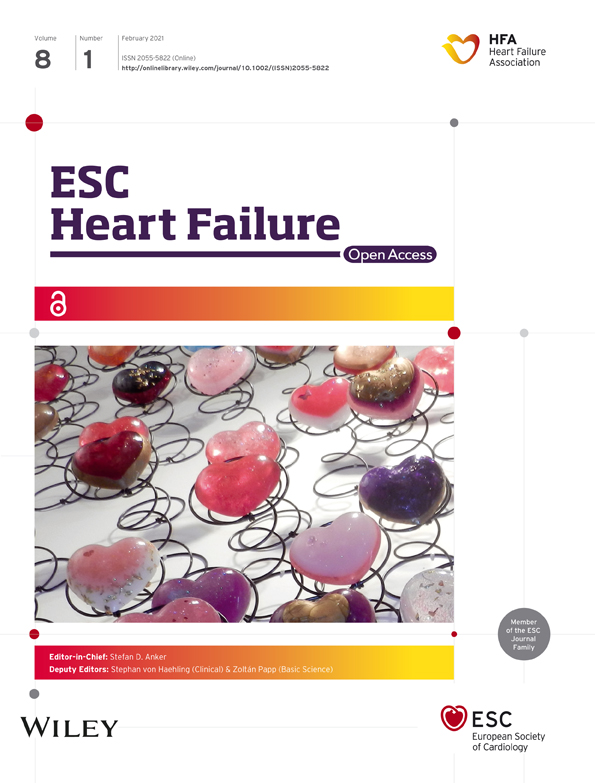An increase in acute heart failure offsets the reduction in acute coronary syndrome during coronavirus disease 2019 (COVID-19) outbreak
To the editor:
There are worldwide reports about an unexplained decline in the frequency of acute coronary syndrome (ACS) during the present coronavirus disease 2019 (COVID-19) pandemic.1-3 Public health interventions to prevent the spread of severe acute respiratory syndrome coronavirus 2 (SARS-CoV-2) and a particular concern of infections within the elderly population and those with pre-existing co-morbidities might have raised the threshold to seek medical attention in case of a cardiovascular emergency.4 Avoidance or delayed medical contact in case of ACS could result in significant consequential damage including cardiogenic shock. The aim of the present investigation was to determine changes in both the frequency of ACS and sequels of not-adequately treated ACS during the COVID-19 pandemic.
In a population-based prospective registry, patients receiving medical care via the Emergency Medical Service of the city of Vienna for ACS (ST-elevation myocardial infarction, n = 282; and non-ST-elevation myocardial infarction, n = 123) were analysed during the COVID-19 pandemic (March 13–10 April 2020) and compared with two time periods: immediately before the outbreak (1–28 February 2020) and the corresponding period in 2019 (13 March–10 April). ACS cases decreased significantly compared with those in the time period before the outbreak and in 2019 (P = 0.001; Supporting Information, Tables S1 and S2). Time trends show an inverse association with increasing numbers of new COVID-19 cases (Figure 1).

Of note, parallel to the decline in ACS—with a delay of about 2 weeks—an increase of ACS patients presenting with acute heart failure was observed as compared with both of the control periods in 2020 (from 6.9% to 23.7%, P < 0.001) and in 2019 (from 13.1% to 23.7%, P < 0.001).
This analysis of a population-based registry shows a reduced incidence rate of ACS during the COVID-19 outbreak and a parallel increase in acute heart failure. This association supports the hypothesis that the COVID-19 pandemic raised concern for infection in the general populations leading to a delayed contact to the medical system with life-threatening sequels. To avoid potentially preventable collateral cardiovascular damage during the COVID-19 pandemic, both awareness campaigns for ACS-related symptoms and increased confidence in the medical service and hospitals by adequate protection measures are of utmost importance to reduce barriers when seeking medical attention.




